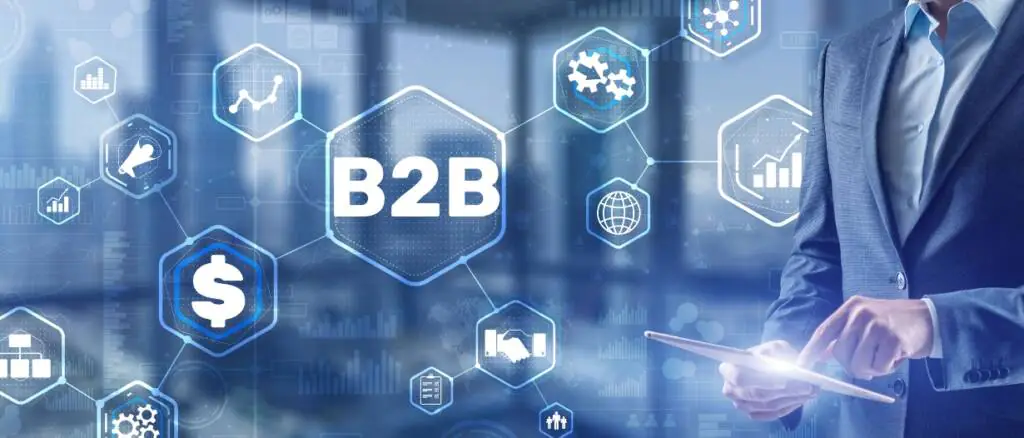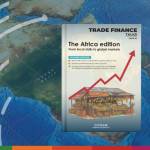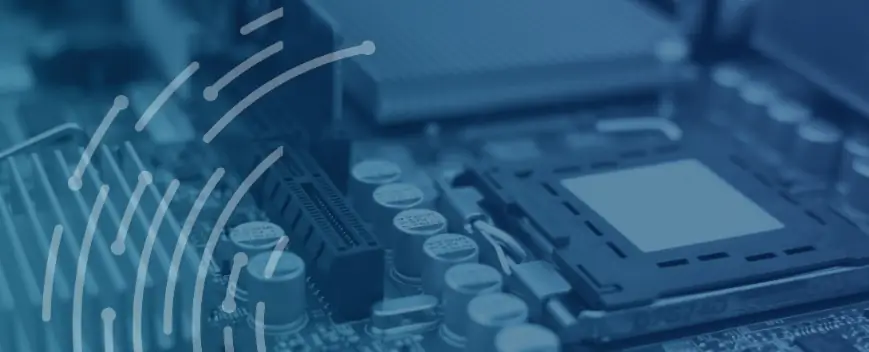Estimated reading time: 4 minutes
To learn more about the cross-border B2B payments landscape, Trade Finance Global (TFG) interviewed Ben Ellis, global head of Visa B2B Connect.
Cross-border B2B payments landscape
It is important to note that a concise overview of cross-border B2B payments will not fully encapsulate the space and its multi-jurisdictional intricacies.
In addition to the complexities of having multiple markets involved, business transactions naturally need to be able to convey additional data—such as which invoice is being paid—alongside the payment itself, something consumer payments do not need to consider.
According to Ellis, “It’s one of the more complicated business challenges.
“We did some research a short while back, and one of the things we discovered is about 70% of corporates have pain points tied to cross-border B2B payments.”
The research referenced was conducted by East & Partners on behalf of Visa Inc. in June 2019, looking at cross-border payments across 20 countries.
Many of these pain points Ellis mentions tie back to the unpredictability of the transaction.
Businesses often do not know where they are along the route, when they will arrive, or if there will be extra fees attached.
All these unknowns can make it difficult for the ultimate importer and exporter to confidently pass the full value of their offering along the supply chain.
Ellis added, “I think the industry is responding terrifically well.
“One of the things I think the industry is really good at is listening to clients—both financial institutions and their corporate clients—and working to innovate and to come up with ways to solve some of these pain points.”
One of these innovations is Visa B2B Connect.

Visa B2B Connect
When Visa began to examine some of these pain points, some of the aspects of a solution became clear.
Ellis said, “It takes good technology; it takes a good set of rules so that banks know what to expect when they engage; it takes an organisation that’s used to working with banks in a very structured and regulated environment; it takes a company that can do this at scale.”
These elements led Visa to create a network called Visa B2B Connect—a multilateral network where banks can send B2B cross-border payment data to other recipients on the network.
By applying many of the same rules and infrastructure as its traditional business, Visa can help drive secure, predictable, and efficient cross-border payments around the world.
One of many: the issue of standardisation
Any conversation about trade or financial digitalisation would not be complete without a nod towards the challenge that standardisation—or a lack thereof—provides and some solutions for how to overcome it.
Ellis said, “Standardisation is absolutely an issue, and one of the ways we address it is by building flexibility.”
For Visa, this means remaining open to the array of different messaging formats and standards that clients are currently using.
The world may be moving towards ISO 20022, but if a particular bank is not yet prepared to send a message in that format, there needs to be another approach they can take in the meantime.
Ellis added, “What we try to do is to build optionality into how things connect, so the standards that clients are using—whether it’s the ISO standard or the MT (messaging types) standards that folks may already have in place—that we can do the translation and make sure that it all flows through.”
By avoiding rigidity in these processes, organisations like Visa can help foster that 20% growth rate that the industry hopes to achieve throughout the remainder of the decade.

































